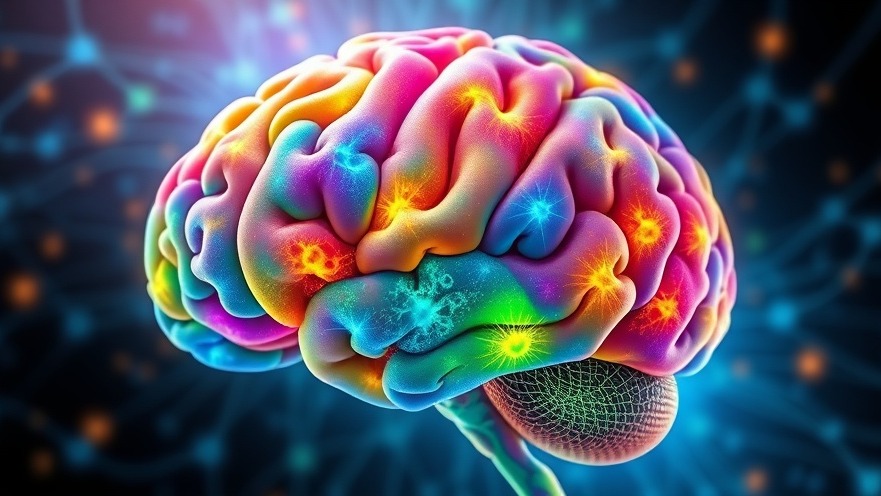
Revolutionizing Research: Over 400 Brain Cell Types
In a groundbreaking leap, scientists at ETH Zurich have achieved a remarkable feat in neurological research by growing more than 400 types of nerve cells from stem cells in the lab. This achievement is a significant advancement over previous efforts, which only managed to produce a handful of different cell types. By meticulously experimenting with morphogens and gene regulators, these researchers have successfully emulated the incredible diversity of neurons found in the human brain.
A More Accurate Approach to Neurological Diseases
The implications of this research are profound, especially for the study of neurological diseases such as Alzheimer's and Parkinson's. Historically, cell culture models have often overlooked the intricacies of neuron types involved in these conditions. Barbara Treutlein, a professor at ETH Zurich, highlighted this gap, noting that effective research must consider the specific types of neurons implicated in these disorders.
Achieving Diversity Through Systematic Screening
The researchers employed a systematic approach that utilized a culture of human-induced pluripotent stem cells derived from blood cells. By activating certain neuronal regulator genes and applying various morphogens in different combinations, they successfully established nearly 200 experimental conditions. This rigorous methodology allowed them to tap into the vast diversity of neurobiology.
Future Possibilities: Neuron Replacement Therapies
This breakthrough not only enhances the understanding of brain cell types but also paves the way for more accurate drug testing models. Additionally, the potential for neuron replacement therapies emerges as a tangible goal, which could transform treatment for many patients suffering from debilitating neurological conditions.
A Step Forward for Alzheimer’s and Parkinson’s Research
The successful development of these diverse nerve cells signifies a pivotal moment in medical research. As researchers continue to explore neuron-focused studies, the hope is that innovations such as tailored therapies and improved drug testing will come to fruition, offering new solutions for patients affected by harsh neurological diseases.
 Add Row
Add Row  Add
Add 




Write A Comment